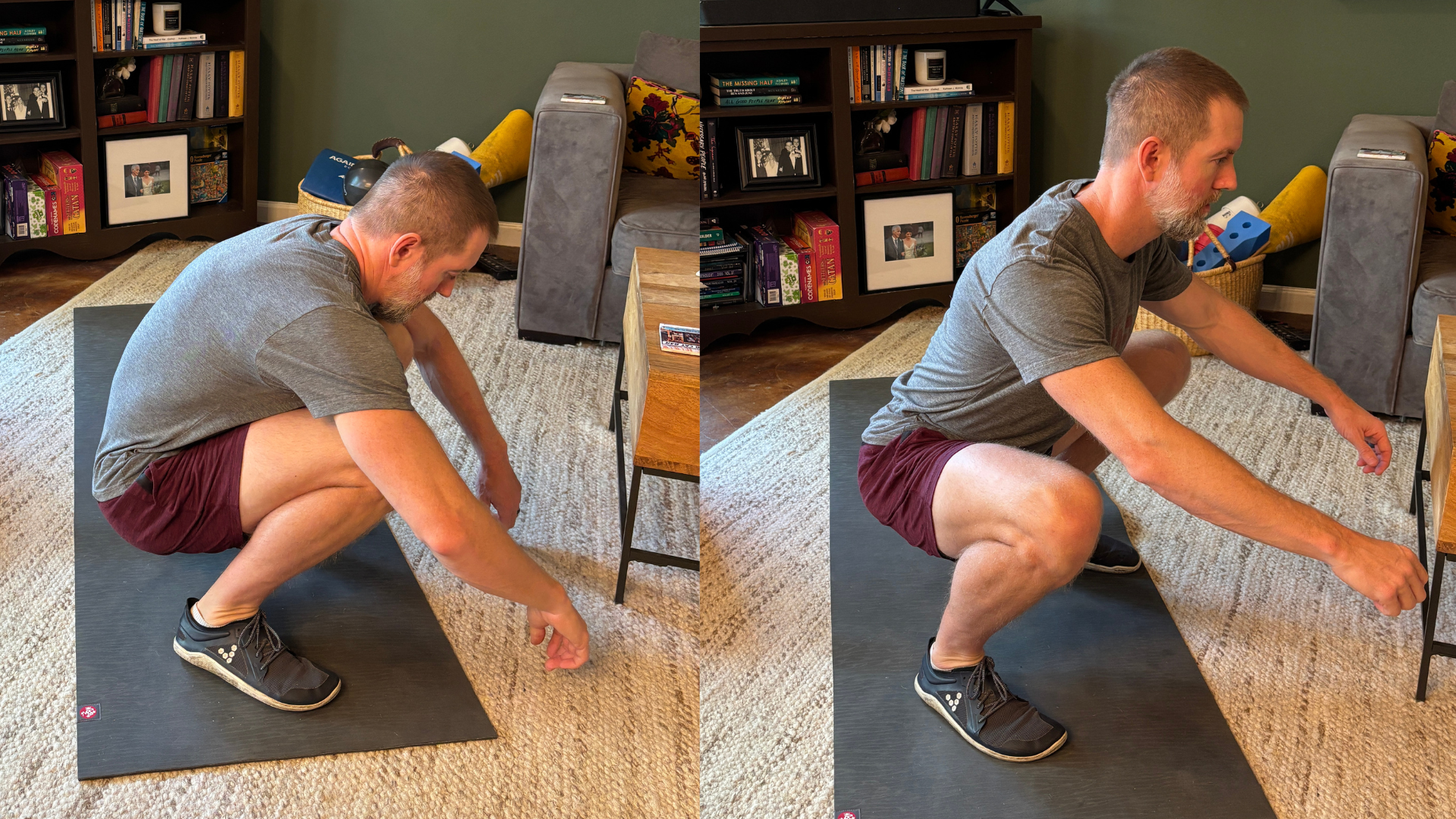Body Composition in Health & Fitness
Written by Kelly Dodds - Masters in Nutrition and Human Performance
Body composition—your ratio of lean mass (muscle, bone, organs, water) to fat mass—plays a role in health, performance, and aesthetics. While beauty ideals shift across generations and regions—ranging from "waif-thin" to curvy or athletic—our biology remains consistent: excessive body fat is linked to poor health outcomes and reduced physical performance.
Aesthetic trends often reflect socioeconomic factors. As one of my psychology professors once noted, the ideal body often mirrors what is scarce or hard for the average person to attain. In the past, during times of food scarcity and physical labor, body fat symbolized wealth and abundance. Today, in many industrialized societies where calorie-dense food is cheap and jobs are sedentary, leanness has become the more elusive and culturally prized body-type. In the U.S., approximately 73% of adults are considered overweight or obese (CDC, 2023). In this context, having a lean body type often signifies not just aesthetic appeal but a degree of discipline, health awareness, and economic status.
However, body fat is not as harmful as the media makes it out to be; in fact, too little body fat can be just as detrimental to health and fitness as excessive body fat. Some level of body fat is essential for health—especially for hormonal balance, proper metabolic function, and aging. Guidelines suggest healthy body fat ranges are:
Men: 10–25%
Women: 20–30%
That said, having an excessive amount of body fat for your body-type—particularly visceral fat stored around the organs—is associated with increased risk of developing chronic diseases, including metabolic disorder, cardiovascular disease, type 2 diabetes, some cancers, NAFLD, sleep apnea, and all-cause mortality. This has led to body fat being stigmatized, despite its necessary biological roles.
Weight measurement and body mass index (BMI) are flawed but convenient tools. Even though changes in body weight and BMI are not direct measures of fat, they are widely used in research and clinical settings because they’re simple and correlate reasonably well with health risk in large population studies. Numerous studies confirm that a BMI over 30 (classified as obese) is associated with increased risk of disease and premature death. Although, BMI doesn’t account for muscle mass, body fat distribution, or fitness level, and should be interpreted in context. For instance, a very muscular person may have a high BMI which would not correlate with disease risk. But for the average person, maintaining a BMI in the 18–25 range is a reasonable target for long-term health. A more accurate way to measure body composition is with a Dual-Energy X-ray Absorptiometry (DEXA) machine. It’s the easiest and most affordable way to obtain a body composition analysis that measures bone density, lean mass, and fat mass– specifically identifying visceral fat (fat around internal organs) vs subcutaneous fat.
So what does it mean to be “unhealthy?” Being unhealthy means your body’s cells and systems are not functioning optimally. Aging and disease result from a gradual breakdown in the structure and function of cells. This can stem from DNA mutations, protein misfolding, hormonal imbalances, nutrient deficiencies, mitochondrial dysfunction, and chronic inflammation. When damage to cellular structures (from oxidative stress, unbalanced/poor diet, lack of sleep, sedentary lifestyle, or environmental toxins) exceeds the body’s capacity to repair, then dysfunction accumulates. Over time, this imbalance leads to chronic disease and accelerates aging.
Excess adipose tissue (body fat) increases oxidative stress, inflammation, and insulin resistance—all of which impair the body’s ability to repair itself. It also taxes the immune system, increases the production of inflammatory markers, and dysregulates hormones. This chronic damage-to-repair imbalance from having excess body fat accelerates biological aging and contributes to disease onset.
Body composition also has a direct effect on fitness and performance across strength, endurance, speed, agility, and recovery:
Higher Lean Mass = Better Performance: Lean mass—especially skeletal muscle—is responsible for force production, balance, posture, and movement. More muscle mass typically leads to increased strength and power output, faster metabolic rate, hormone sensitivity, improved coordination and agility, better injury resilience.
Higher Fat Mass = Reduced Mobility and Endurance: excessive levels of body fat increases oxygen demand during exercise, impairs thermoregulation (heat dissipation), reduces movement efficiency, and increases the risk of joint strain and injury.
Unfavorable Lean Mass to Fat Mass Ratio leads to slower recovery from training, higher systemic inflammation, lower testosterone and growth hormone levels, and higher cortisol levels (stress hormone) which impairs the body’s adaptive capacity—its ability to respond to training and get fitter over time.
The goal for health and fitness is to focus on maintaining or building lean muscle while avoiding too much body fat. Science-backed strategies to achieve this include:
Eat a nutrient-dense, balanced diet: Prioritize eating a diet rich in lean protein, healthy fats (especially omega-3s), complex carbs (fiber), and antioxidants.
Use time-restricted eating (e.g., eating during a 12-hour window): Supports metabolic repair, mitochondrial health, and insulin sensitivity.
Exercise regularly: Both resistance training (for lean mass) and aerobic/HIIT activity (for mitochondrial and cardiovascular health).
Get 7–9 hours of sleep per night: Sleep is crucial for tissue repair, hormonal balance, appetite regulation, and recovery.
Safely get sun exposure: Natural sunlight for 20-30 mins daily to get vitamin D, while avoiding excessive UV exposure that can damage skin.
Practice stress management: Chronic stress increases fat storage and accelerates cellular aging.
Body composition is a useful indicator of both metabolic health and physical capability. While aesthetic preferences will continue to change, the science is clear: higher lean body mass while maintaining body fat levels between 10-25% for men and 20-30% for women improves quality of life, reduces disease risk, enhances fitness, and slows aging. Whether your goals are performance, health, or longevity– optimizing your body composition is one of the best investments you can make for your future.
Take Action:
Know Your Body Composition– Get a DEXA Scan (if feasible): A DEXA scan is the most accurate and accessible way to measure your ratio of lean mass to fat mass, and see how it’s distributed throughout your body. BodySpec is located just one mile from CFCL and offers scans for around $50–60.
Commit to 2 Weeks of Healthier Choices: Prioritize lean protein and high-fiber foods at each meal, avoid processed foods, and exercise consistently.
Bonus points if you also: Get 8+ hours of sleep nightly, eat during an 8–12 hour window, spend 20 minutes in the sun daily, and implement other stress-reduction strategies.Track/Notice Results: How do your clothes fit? Any changes in weight? Do your muscles feel or look more defined? Are you performing better? How do you feel?
Set Longer-Term Goals: Use this challenge as a starting point. If your DEXA scan shows body fat above the healthy range (10–25% for men, 20–30% for women), set SMART goals to increase lean muscle and reduce excess fat by continuing these healthy practices over time. Likewise, if you are currently at a healthy body fat level, you can use this information to set a goal to increase lean mass (muscle and bone), since the more lean mass you have, the healthier your long term outlook will be.









